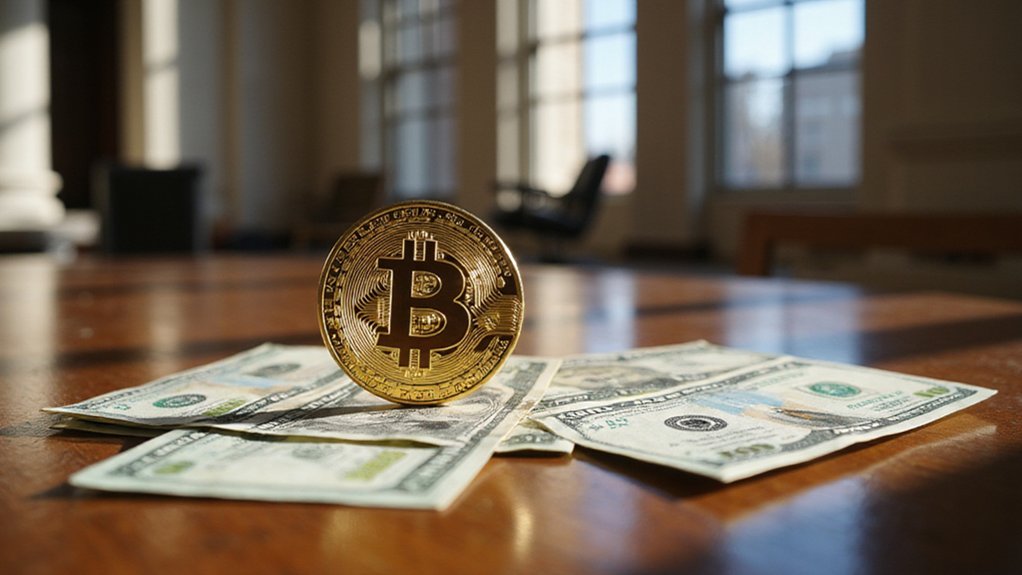Japan’s financial regulators, never ones to rush headlong into crypto enthusiasm, are preparing to approve the nation’s first yen-backed stablecoin—a development that carries the peculiar distinction of being both inevitable and revolutionary. The Financial Services Agency is set to approve JPYC as early as October 2025, marking Japan’s cautious but decisive entry into domestic digital currency territory that has long been dominated by dollar-denominated alternatives.
The Tokyo-based fintech firm behind JPYC is registering as a licensed money transfer business under 2023 regulations that classify stablecoins as “currency-denominated assets”—a designation that limits issuance to banks, trust companies, and licensed money transfer firms. This regulatory framework reflects Japan’s characteristic approach of mitigating financial stability risks while fostering innovation, though it could be contended the timeline suggests less “fostering” and more “reluctant accommodation.”
JPYC’s structure follows the familiar playbook: maintaining a 1:1 peg to the yen through reserves consisting primarily of bank deposits and Japanese government bonds. The emphasis on highly liquid backing assets prioritizes transparency and regulatory compliance—virtues that seem almost quaint in a crypto landscape historically characterized by opacity and regulatory arbitrage.
The ambitious sales target of 1 trillion yen (~$6.8 billion) within three years reflects broader market dynamics beyond mere domestic adoption. Widespread acceptance could influence Japanese government bond markets through increased demand, while simultaneously advancing yen internationalization by providing an alternative to dollar-based stablecoins in cross-border transactions. The growth of stablecoins facilitates efficient cross-border transactions that enterprises increasingly accept for international payments.
Primary applications target international remittances and corporate settlements, with particular focus on overseas students and expatriates—demographics that have long endured the inefficiencies of traditional banking rails. The stablecoin also promises to embed yen liquidity within decentralized finance platforms, a development that institutional investors including hedge funds and family offices are already eyeing with interest. This interest from institutional investors reflects the broader demand for stable, regulated digital assets that can bridge traditional and decentralized financial systems.
JPYC enters a global stablecoin market valued at over $286 billion, currently dominated by dollar-pegged alternatives like USDT and USDC. Its launch represents part of a broader trend toward non-dollar stablecoins, filling a domestic gap while offering Japanese institutions and individuals direct access to blockchain-based yen transactions—a proposition that manages to be both thoroughly modern and distinctly Japanese in its measured approach.








